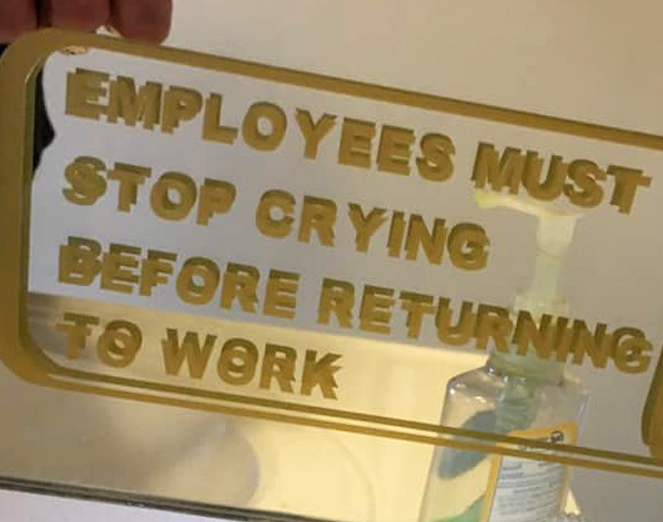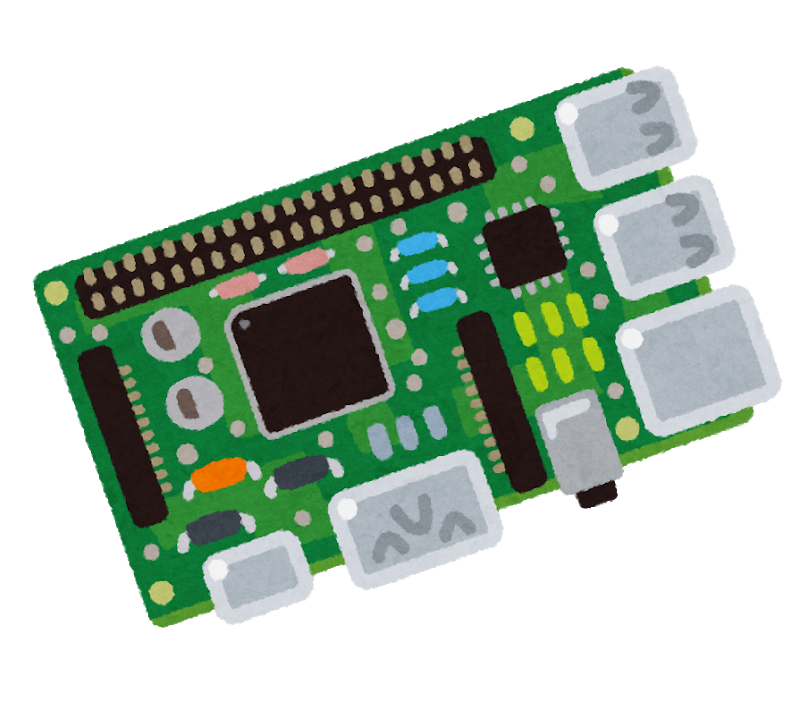

I happen to be a prime example of how bad US Rail is this week. I’m taking my son from near Fredericksburg (the real one), up to Ballston for a summer camp. We have a couple options:
- Drive
- Distance: ~70 miles one way, ~140 round trip
- Time: 1 hour and 45 minutes one way, with traffic. ~3.5 hours round trip.
- Cost:
- 4 gallons (US) of gas @ $3.50/gal: $14
- Wear and tear: estimate at 0.5 gas cost: $7
- Parking: $11
- Total: $32/day
- Distance: N/A
- Time:
- Drive to Fredericksburg station: 20 minutes
- VRE (Fredericksburg to L’Enfant station) - 1 hour 20 minutes
- WMATA (L’Enfant to Ballston) - 20 minutes
- Total: 2 hours one way, 4 hours round trip
- Cost:
- Drive: we’ll just ignore this, it’s close enough to zero.
- VRE: $23.56/person * 2 people: $47.12
- WMATA: $3.45/person * 2 people: $6.90
- Total: $54.02/day
So, for the low, low cost of about 1.68 times the cost of driving, we can take slightly longer to get to our destination and have zero control over our schedule, which makes the actual time devoted to travel considerably longer. We tried the public transit route last year, and it meant leaving earlier in the morning (about 30 minutes) to catch a train to get us there on time, and getting us home around 45 minutes later. And this is right around the US Capitol, which has some of the better transit options. Needless to say, we’re driving this year.
I really want to be able to take transit, but it’s basically dead in the US. Earlier this year, I needed to go to Boston for work. Catching a train from Washington, DC to Boston meant an 7 hour train ride (using the “high speed” Acela line) at ~$500 round trip. Flying was 1.5 hours and cost ~$300 round trip. Wanna guess which option I used?
Basically, all of the incentives are stacked against transit options in the US. Except within certain metro areas, driving or flying is always cheaper and faster. Yes, inside those metro areas, public transit can be great. I used to work in Washington, DC and used the VRE I mentioned earlier to get there and then WMATA or the Capital BikeShare to get to my office. That was great, since I didn’t have to drive into DC every day, which sucks big donkey balls. But it probably wasn’t cost effective and wasn’t really time efficient either.


























Did folks not learn this from the response to Hurricane Katrina ? The people of New Orleans were basically left to rot while the State of Louisiana and Federal Government were standing around holding their dicks. When they finally did respond, it was about as bungled as it could be.
Whatever area you live in, figure out what disasters are possible/likely and plan to deal with the fallout from one of those, with zero help for a two weeks or more.